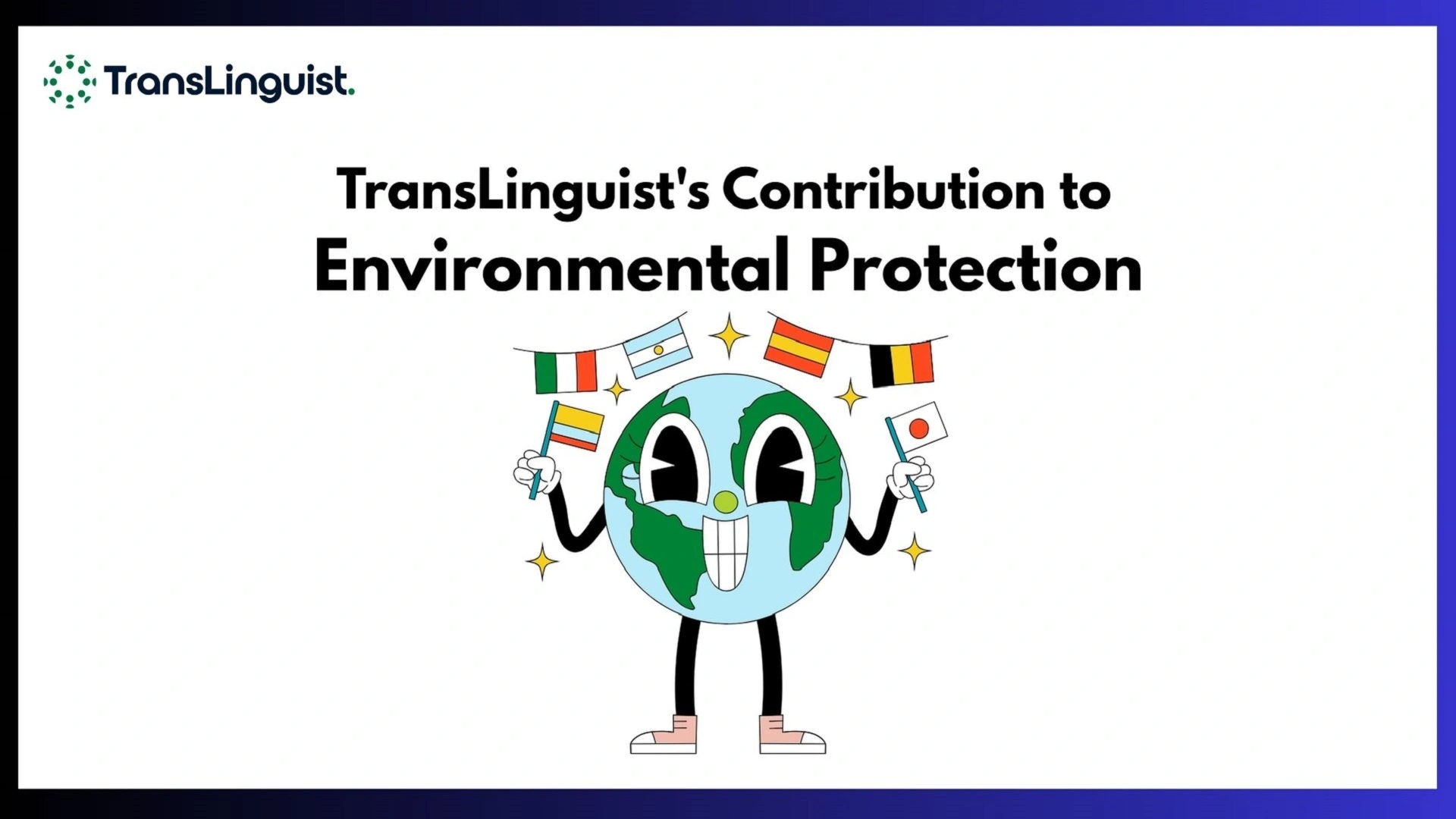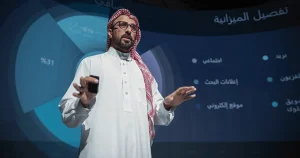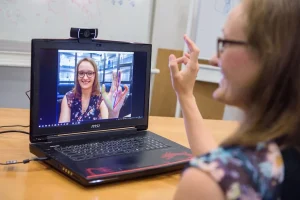If you care about climate goals and clear communication, sustainable language services are the sweet spot where purpose meets performance. At TransLinguist, sustainable language services are not a side project. They shape how we plan events, translate at scale, and publish accessible media. In the first hundred words, let us be direct. Sustainable language services cut avoidable travel, reduce paper-heavy workflows, and extend the life of content through captions and subtitles that people actually reuse. That is how greener practice becomes daily practice.
Why sustainability belongs in your language plan
The footprint you can control today
Most communication programs waste energy in the same places. Flying interpreters when remote coverage would suffice. Printing binders no one reads after the meeting. Recording sessions without captions and then repeating the same training. TransLinguist helps teams design out those losses with remote simultaneous interpreting, video remote interpreting, and live captions that deliver understanding without unnecessary miles or paper.
The returns leaders recognize
Sustainability pays back when it improves operations. Remote coverage lifts attendance and keeps schedules flexible. Paperless reviews shorten approval loops. Subtitled replays reduce repeat sessions and travel. The result is a smaller footprint and a stronger balance sheet at the same time.
What sustainable language services look like in the real world
Events that scale without the road trips
Town halls, board updates, community hearings, and global trainings run cleanly when interpreting and captions live inside familiar platforms. Organizers open language channels, audiences choose their track, and everyone leaves with a searchable record. Fewer flights, fewer overnight stays, more clarity.
Content that lives beyond one hour on the calendar
TransLinguist turns live sessions into subtitles and transcripts that teams can search and study. That single choice cuts repeat travel and prevents new print runs for every audience. It also raises equity, since Deaf and hard-of-hearing participants and non native speakers get the same access from day one.
Workflows that keep paper out of the process
Terminology and style travel in digital glossaries, not in handouts. Review cycles happen in shared workspaces. Finished assets publish once and cascade into the formats people need. The greener choice also happens to be the easier choice for busy contributors.
How TransLinguist blends people and technology for impact
Human expertise where nuance matters
Sensitive moments still need a trained ear. Legal, medical, financial, and public sector sessions are staffed by interpreters and editors who know the domain. They protect meaning, register, and tone, so sustainability never becomes an excuse for cutting corners.
Speech AI and captions that extend every message
Automation listens, segments, and renders text in real time. Captions keep remote audiences engaged, while translated overlays support mixed-language rooms. After the session, subtitles and transcripts become living study materials. One recording, many uses, far fewer new trips.
Governance that stands up to review
Security and privacy are built in with authenticated access and sensible retention. That means you can adopt greener practices without weakening your compliance story. Leaders get the progress they want, auditors get the guardrails they require.
Getting started with a right-sized rollout
Start with one decision point
Pick the next meeting or learning program that typically requires travel. Add remote interpreting, live captions, and a plan to publish subtitles within twenty-four hours. Track attendance, completion, repeat questions, and the number of follow-up trips avoided.
Scale with playbooks, not heroics
Write down how to request coverage, how to send prep materials, how to brief interpreters, and how to publish replays. Keep a living glossary so brand names, product terms, and legal clauses land the same way every time. This is how sustainable language services become a habit rather than a campaign.
Meet searchers where they already are
People type what they need, not just short terms. Fold in intent phrases like best eco-friendly language services for global teams and affordable, sustainable translation for small businesses in the USA. Use them naturally inside helpful paragraphs, never as filler.
Answers to the questions your stakeholders will ask
How accurate are remote captions and translation?
Accuracy begins with clean audio and improves with subject matter preparation. For live clinical or legal conversations, use interpreters and keep captions as support. For patient education or policy guides, an AI-assisted draft reviewed by a specialist speeds delivery without risking clarity.
What is the difference between automation and human review?
Automation gives you pace and reach. Human experts carry nuance, culture, and risk language. Together, they turn a fast draft into a dependable record, which is the point of doing this work sustainably in the first place.
Conclusion
When language access is designed with the planet in mind, launches do not slip, and teams travel only when it truly moves the needle. With TransLinguist, you get sustainable language services that make meetings inclusive, content reusable, and decisions easier to defend. If you want communication that is both climate smart and business smart, we are ready to help. Start Your Translation Project Today and build a program that proves its value in numbers and in footprint.
FAQs
Do remote services really reduce emissions in a meaningful way?
Yes. Fewer flights and fewer on-site days add up quickly across quarterly events and training cycles. The bonus is higher attendance and more consistent records.
Will remote interpreting and captions feel second-class to in-room audiences?
They do not know when you plan the audio flow and speaker pacing. TransLinguist rehearses timing and keeps language channels easy to choose, so both audiences share the same message at the same moment.
Can a sustainable approach work for high-risk sectors?
It can. Keep interpreters and editors in the loop for legal, medical, and public sector sessions. Use automation to speed capture and search, not to replace judgment where nuance matters.
How do we measure the benefits beyond emissions?
Track attendance by language, watch time, completion, repeat questions, and the number of avoided trips. Tie those changes to costs and satisfaction to keep support strong.



